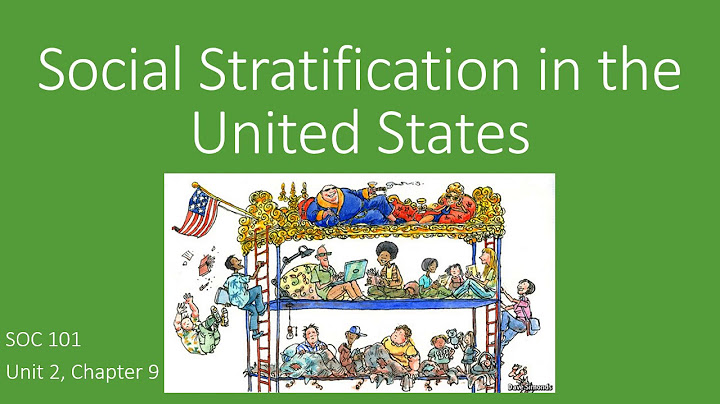Posted by | No Tags | Art in school | Comments Off on The 5 Key Components of Social/Emotional Learning (SEL)  Courtesy of the CASEL What is social and emotional learning (SEL)? Social and emotional learning (SEL), according to the CASEL, is the process through which children understand and manage emotions, set and achieve positive goals, feel and show empathy for others, establish and maintain positive relationships, and make responsible decisions. By incorporating SEL into an elementary or middle school art lesson plan, they will have opportunities to practice these skills so they are better prepared for similar situations in the real world. Creating learning environments that foster positive relationships between students and teachers also promotes strong communication skills and improved motivation and test scores. However, SEL is not only important in the classroom; it is a lifelong process that continues for adults. Developing SEL skills and abilities are essential for effective collaboration and communication. The 5 pillars of SEL are as follows: 1. Self-awareness Students learn to understand their own strengths and weaknesses, as well as see their behavior’s influence on other people. An example of this in practice would be coaching and simulation sessions where students would recognize how certain actions may affect others so that they can learn how to perceive their own feelings as well as what other people may be feeling. 2. Self-management Students learn to regulate their own emotions and behaviors, which includes processes like stress and time management, motivation, and academic/personal goal setting, all extremely important for when children grow and need to manage their own schedules and business. Students can learn about these types of behaviors from older, more experienced students. By pairing students together in a mentor-mentee relationship, the mentee will learn about essential academic skills and building self-esteem and confidence, while the mentor will share skills they’ve learned from experience and guide the mentee through common issues like imposter syndrome and insecurity. 3. Social awareness Students learn to understand social behavioral norms, recognize other people’s emotions, and empathize with people of all different backgrounds and cultures. An example of an activity strengthening this skill would be introduction and inclusion activities that involve participants sharing their favorite hobbies, fun facts about themselves, etc. 4. Relationship skills Students learn how to foster healthy relationships and clear communication with other individuals and in groups. This can be practiced by participating in a variety of activities, such as team sports, games, and group projects. Important skills like active listening, team building, and conflict resolution are used here, which are essential inside and outside the classroom. 5. Responsible decision-making Students learn how to make their own independent choices, whether it be about personal or academic, when it comes to behavior and speech. By taking into consideration social norms and differences, potential consequences, and safety concerns, students will be able to make respectful and well thought out decisions. A way to actively practice responsible decision-making is to solve qualitative problems in a variety of ways to understand different methods and ways of thinking.  Now we’ve learned how important SEL is for student self-growth and interpersonal skill development. How do art lessons fall into the equation of how we incorporate SEL into our current curriculums? TUNE IN NEXT WEEK to learn how art is a primary method of teaching SEL! NEW: The Art in Action Studio Series is now available! Keep your children creative and engaged today, with or without online classes! (schools, individuals) |

zusammenhängende Posts
Werbung
NEUESTEN NACHRICHTEN
Werbung
Populer
Werbung

Urheberrechte © © 2024 ketiadaan Inc.


















